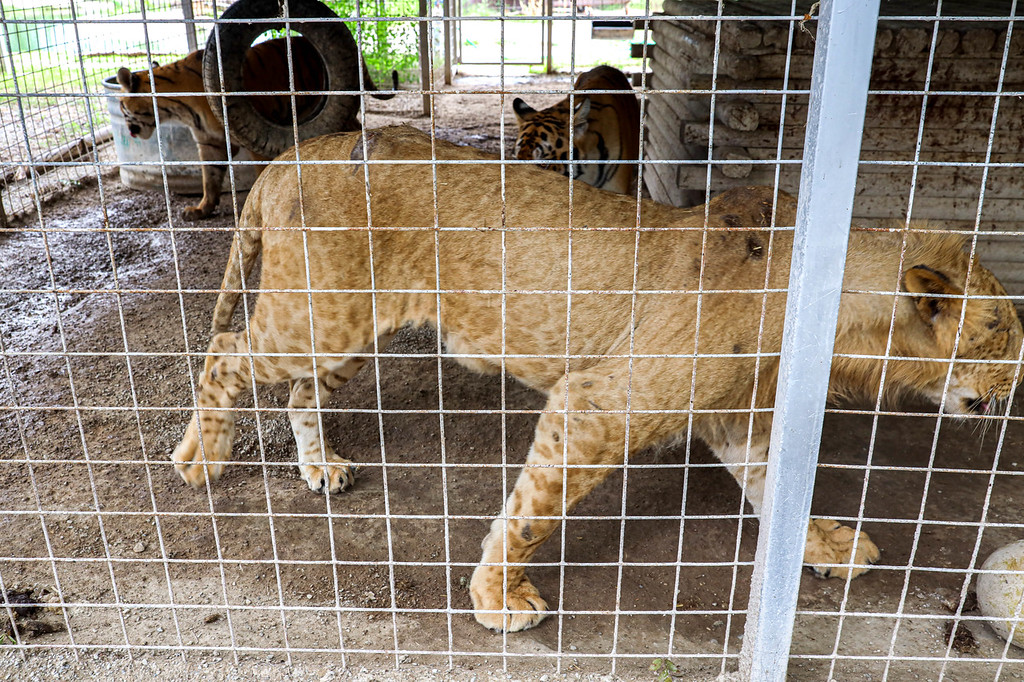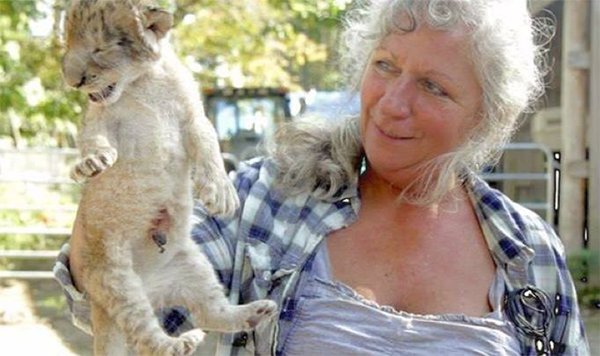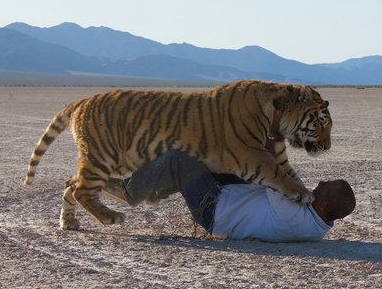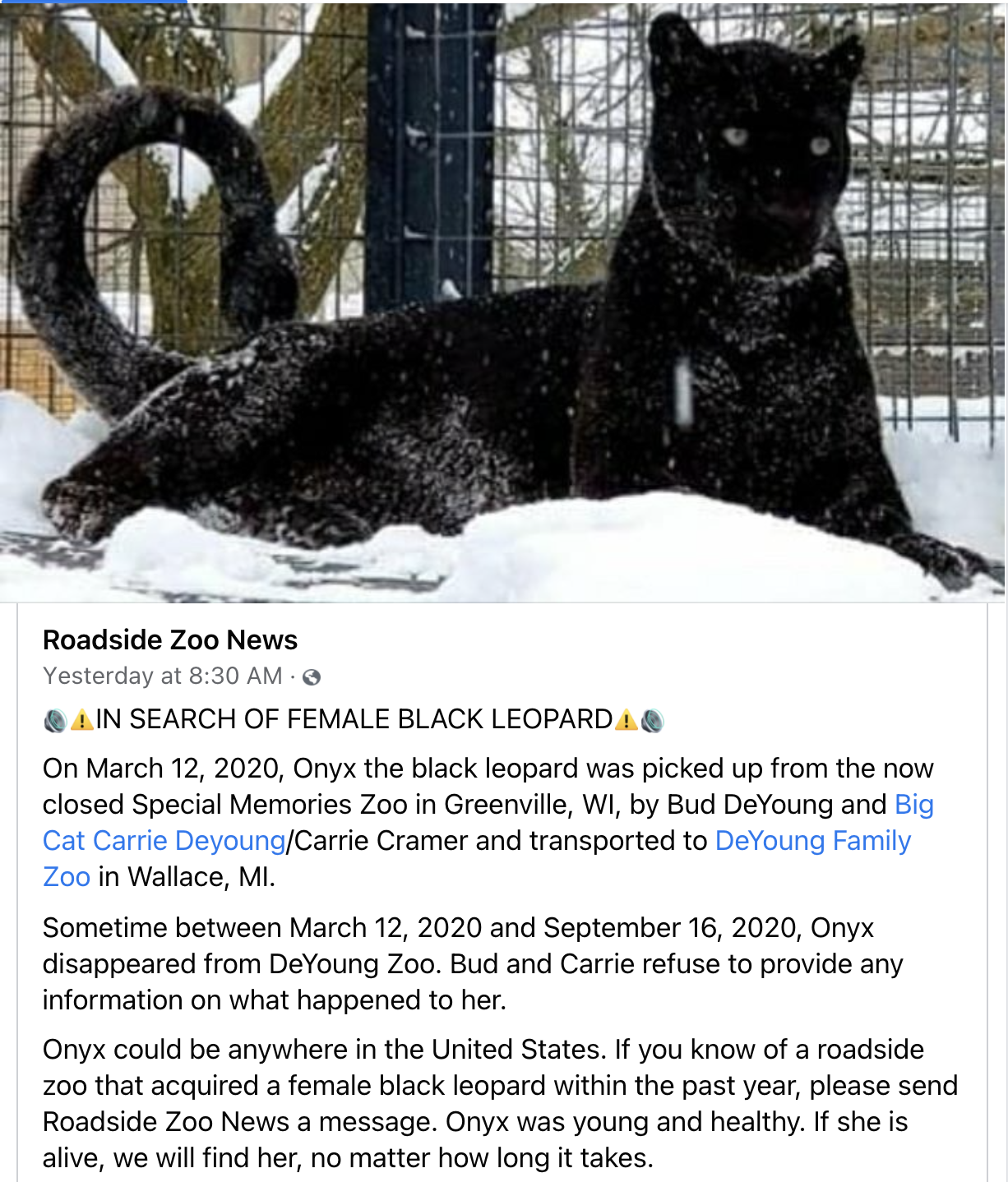Hovatters Wildlife Zoo
|
|
USDA Citations Against Hovatter’s Wildlife Zoo
USDA 2022 Census 4 Tigers, 3 Lions, 3 Leopards, 2 Cougars, 3 Servals, 2 Bobcats, 2 Canada Lynx
USDA Citation Aug 2021 Animals, including Canaday lynx, too thin and stressed without notifying the vet. Filthy conditions, dangerous sharp points from deteriorated caging and structures in animal cages,
USDA Citation Aug 2020 This inspection fails to list the citations and rather says they were “teachable moments” which is something USDA did during the Trump era to reduce the public’s ability to know what was happening behind closed doors.
USDA Citation Aug 2016 Inadequate diet for baby lions that had been pulled from their mother and were on formula. Inadequate vet care. Stress behaviors.
USDA Citation Aug 2015 Using cubs for photos ops who were too large (38 lbs) and who were stressed, growling and clearly not wanting to be held.
USDA Citation Jun 2015 Using cubs for photo ops who were only 2.5 weeks old (min. allowed by USDA guidance is 8 weeks) and feeding them improper diets.
USDA Citation 2014 Dangerous, dilapidated caging for leopards. Holes in fences containing tigers.
USDA Citation Dec 2013 Food stored in a manner that did not protect it from vermin and food spilled on the floor.
USDA Citation Aug 2013 Dead primate found with no record of vet care, acquiring animals from unlicensed individuals, dilapidated, dangerous caging, lack of shelter from the elements, animals covered in mud and trash strewn throughout.
USDA Citation Jan 2013 Fly infested, filthy cages.
USDA Citation Nov 2012 Chimpanzee found dead without vet care, dilapidated, unsafe cages that provide a danger to the animals inside them as well, debris and pile of garbage accessible to some of the animals.
USDA Citation Oct 2012 Escaped animal, lack of pest prevention to protect the animals from flies, fleas, mites, etc.
What Does The Public Say About Hovatter’s Wildlife Zoo?
News about Hovatter’s Wildlife Zoo
Hovatter’s Wildlife Zoo is under fire once again.
The USDA issued a report on the business, claiming the zoo let visitors handle tiger cubs that were too large. This all comes after the zoo was called into question in July about the care of the cubs, but the owner said this is all a misunderstanding and everything is under control. “All this inspection that was here is me and my inspector both agreeing that we will just stop the photos for the season,” said Hovatter.
That’s what owner Bryan Hovatter had to say after the USDA’s annual inspection into the business. The report claims that the business was allowing the public to come into contact with tiger cubs that were too large, too strong, and too aggressive. But Hovattter said that’s not the case. “There’s a window of working tigers. There’s really not something sketched in law that we can start a cat out at this age and you have to stop him at this age. That’s not in the law books, whatsoever. We work our tigers as we feel that they are safe,” said Hovatter.
The tigers were used for photoshoots with customers. At the time of the inspection, the report claims the cubs were growling and using their claws to escape from the handler. But Hovatter said this is just part of their nature. “When you pick a tiger up, a tiger screams,” said Hovatter.
But, the Humane Society disagrees.
“We think anyone who cares about wildlife should be very concerned about this and avoid patronizing any facility that uses tiger cubs in this manner,” said Lisa Wathne, U.S. Humane Society Captive Wildlife Manager. According to documents from the Animal and Plant Health Inspection Service, Hovatter has been inspected eight times since 2012. Because this was not a violation or citation, the problem was fixed immediately and all direct contact with the animals has been currently suspended.
“He checked everything here and the only thing that he discovered is maybe the cats are too old, they could be a potential, which I agree and we will just close the cat photos down for this year,” said Hovatter. Hovatter said he has been in business for 23 years and problems are bound to arise. But when they do, he insists he is willing to fully cooperate. “There was no risk, none whatsoever to the public,” said Hovatter.
Hovatter is determined to have the photo shoot back up and running by spring. The zoo will close at the end of October and re-open next spring.
http://www.wdtv.com/wdtv.cfm?func=view§ion=5-News&item=USDA-Issues-Report-Into-Hovatters-Wildlife-Zoo-Owner-Responds-25281
USDA is questioning the care the zoo provides
KINGWOOD -Ten weeks ago, Hovatter’s Zoo in Preston County became home to two tiger cubs. Now, the USDA is questioning the care the zoo provides following an inspection. That inspection report is causing a furor on social media, but the zoo’s owner insists everything is under control.
“I’m inspected with the USDA twice, sometimes maybe three or four times a year,” said Bryan Hovatter, zoo owner. “Whatever time they want to come in, they come in and inspect us. We have these reports that this anonymous person put on Facebook, saying we were cited. All this boils down to is they showed they’ve been here, they made an inspection and we have things to correct.”
The report explains that the cubs were subjects of public photo shoots without vaccination. That puts the cubs at risk to infections. The USDA report also states the cubs aren’t receiving proper nutrition. They are bottle fed, but the USDA requires meat in their diets.
Debbie Leahy of the U.S. Humane Society said even though the report is not a citation, it still contains substantial allegations against the zoo. ”It indicates very serious problems,” said Leahy. “The Federal Animal Welfare Act establishes only bare minimum standards, and for a facility to be in violation of those standards is alarming.”
Hovatter said these types of USDA inspections can happen randomly at any zoo across the nation, and that in his 23 years of owning the zoo, he has only received a handful of citations.
Conflicting data from the Humane Society shows he has received 71 inspection reports since 2001.
“They have a long history of USDA violations, including cages in disrepair, failure to determine what causes sudden death to primates, failure to maintain cages to prevent escape,” said Leahy.
Hovatter explains he disagrees with standards that require meat in the diets of tiger cubs, but he is still working to comply with the information outlined in the USDA report. “Me and my vet right now, we’re working on a brand new feeding program,” said Hovatter. “We’re talking to numerous amounts of zoos across the country.”



